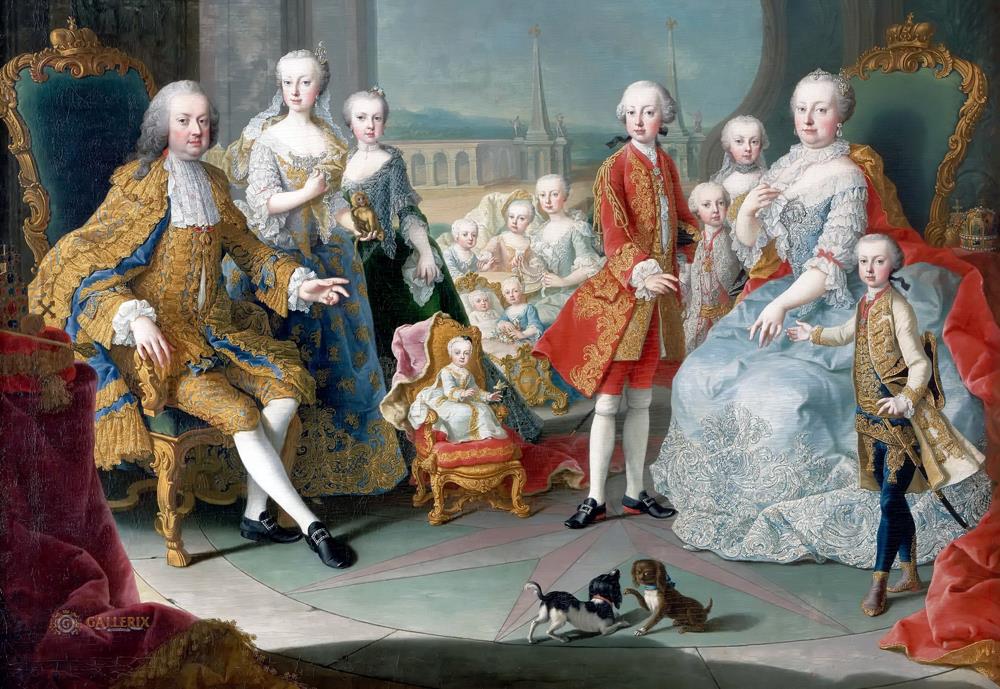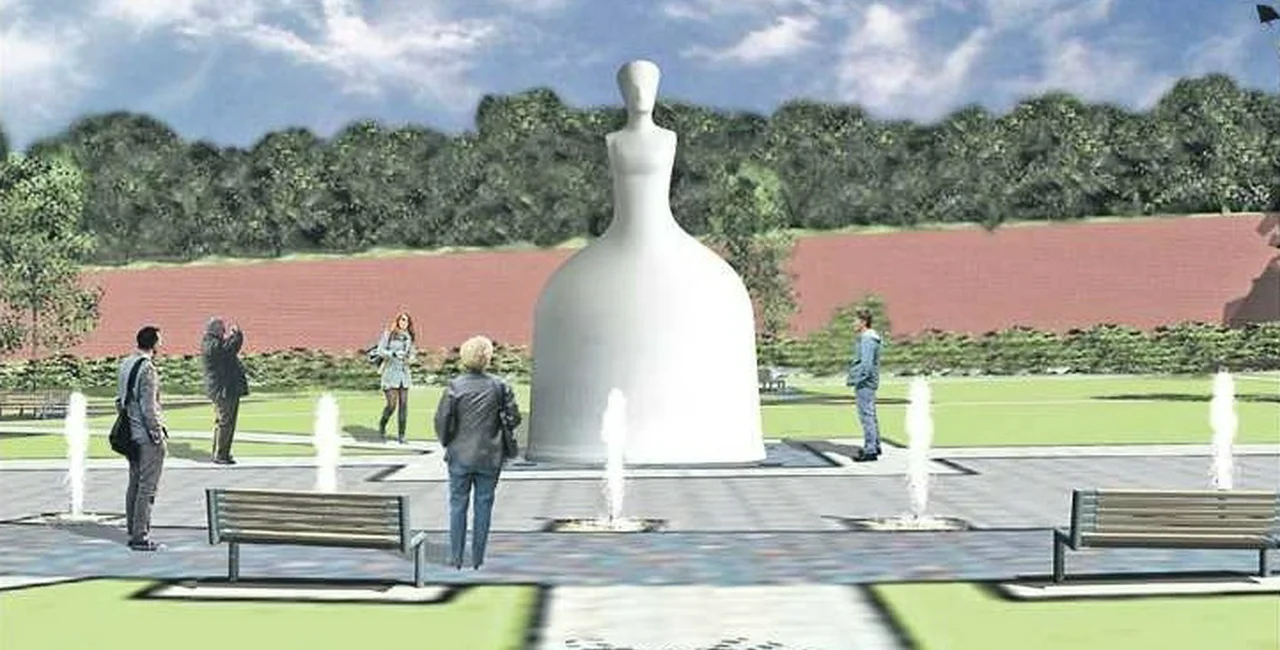A statue of Empress Maria Theresa in a Prague 6 park should be finished in June, according to the city district’s 2020 budget. Prague 6 has allocated 2.4 million CZK for its completion, including construction work.
The statue is not
without controversy due to the fact that it honors a figure from
Habsburg occupation, which lasted from 1620 to 1918.
Prague 6 announced the competition for the monument design in 2013, and the winner was announced in April 2014. The contract wasn’t signed until 2016, and the statue was supposed to be completed withing 16 months. Sculptor Jan Kovářík and architect Jan Proks should in total receive about 3.6 million CZK for monument.
The foundation stone
was unveiled in 2017 on the 300th anniversary of the birth of Maria
Theresa. The 5.5 meter tall figure will be made of artificial stone
and be treated with antigraffiti paint. The modern-style statue
resembles a cross between a bell and a dress-maker’s dummy.
When the project was announced, opponents signed a petition objecting to the placement of the statue in a park where World War II resistance leader Václav Morávek died in 1942. Another petition was delivered to Prague 6 Town Hall in 2019. Many people would rather see a monument of Nazi resistance in the park, and the statue for Maria Theresa placed elsewhere.
Supporters of the
statue include monarchist party Koruna Česká, which sent an open
letter to Prague 6 Mayor Ondřej Kolář (TOP 09).

Prague 6 in 2018
also asked to rename the park where the statue will be placed from
Morávkův park, honoring resistance leader Morávek, to Park Marie
Terezie. The City Hall topography committee and the City Council
approved the proposal.
Maria Theresa
Walburga Amalia Christina was the only female ruler of the Habsburg
lands. She reigned as empress between 1745 and ’65, was archduchess
of Austria and Queen of Hungary and Croatia during 1740–80, as well
as Queen of Bohemia in 1740–41.
She left behind a
mixed legacy. Her policies helped to modernized the state
administration, army, economy and education. The General School
Regulations issued in 1774 became the cornerstone of compulsory
primary school education for all.
Her legal reforms
included a ban on any supernatural evidence, such as revelations in
dreams and testimony about confessions from ghosts or other forms
spirit-based evidence. This effectively ended the age of witch trials
and exhumations of suspected vampires.
On the negative side, she did not allow religious plurality or toleration of anything aside from Roman Catholicism. Religious reforms would eventually occur under her son Emperor Joseph II. She also had a strict censorship policy, banning many works that went against religion-based guidelines,
In Prague, Maria Theresa is remembered for building the Teresian Wing of the Old Royal Palace in Prague Castle. She also expelled Jews from the city, claiming they conspired against her. She later backtracked on that and let them return four years later. Emperor Joseph II would treat Prague Jews much better, and the former Jewish neighborhood is today known as Josefov in his honor.
She is also
remembered for losing control over most of Silesia, which is now part
of Poland. Only a small portion remains at the top of Moravia.
This is not the only controversy involving a statue. Efforts to place a replica of a Habsburg-era victory column in Old Town Square have stalled, even though the replica has been completed. The original was town down in 1918 and the fragments belong to the National Museum.












 Reading time: 3 minutes
Reading time: 3 minutes 

























